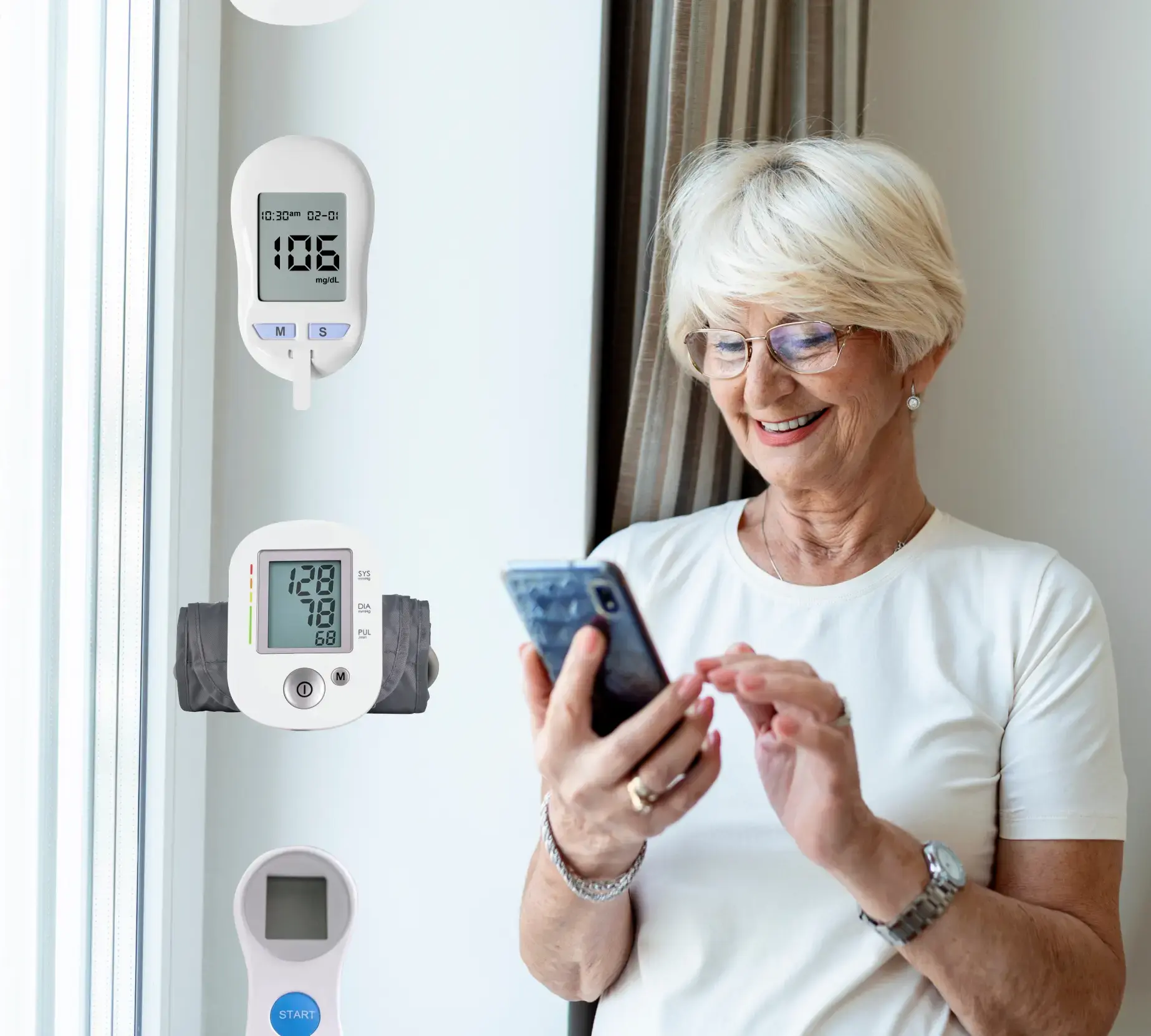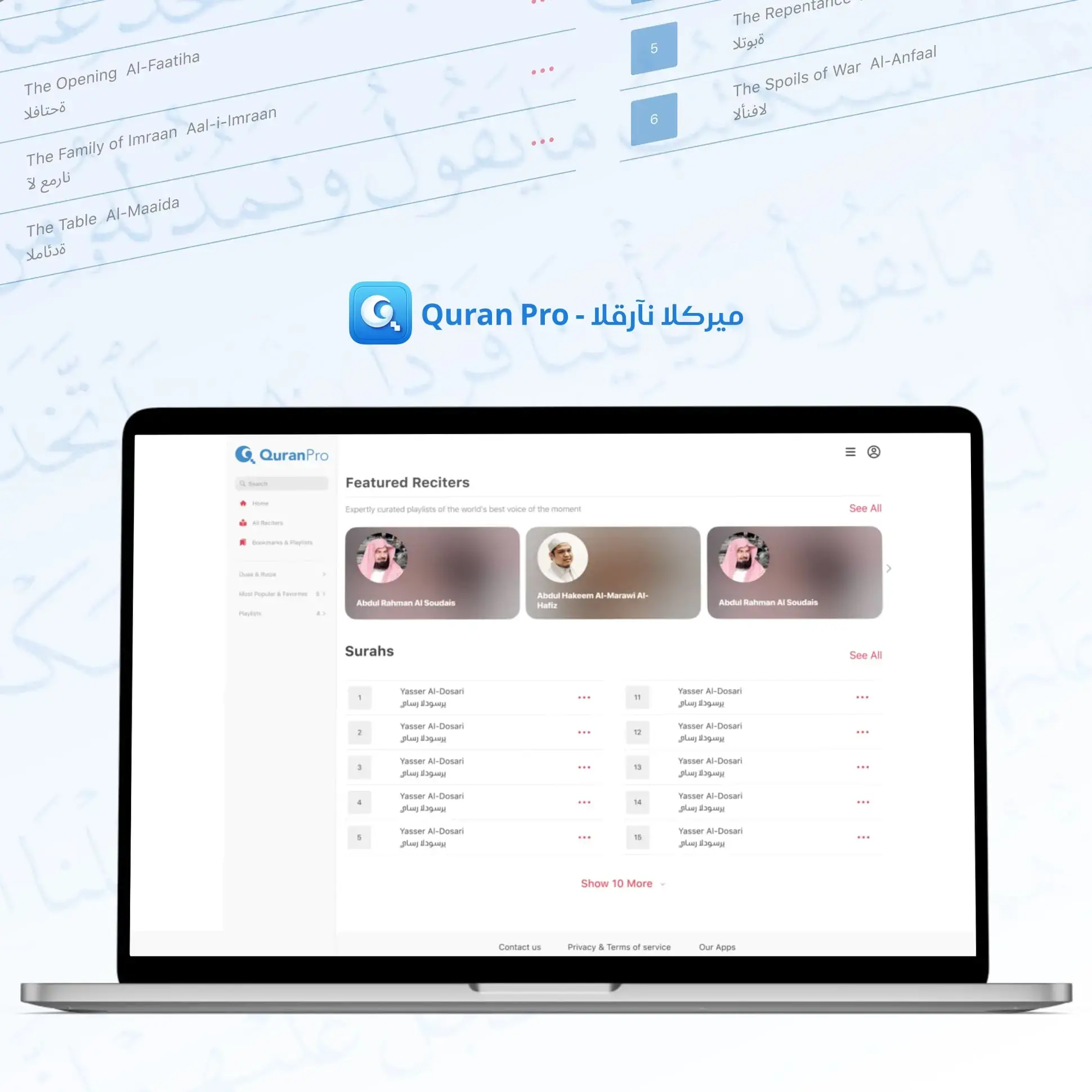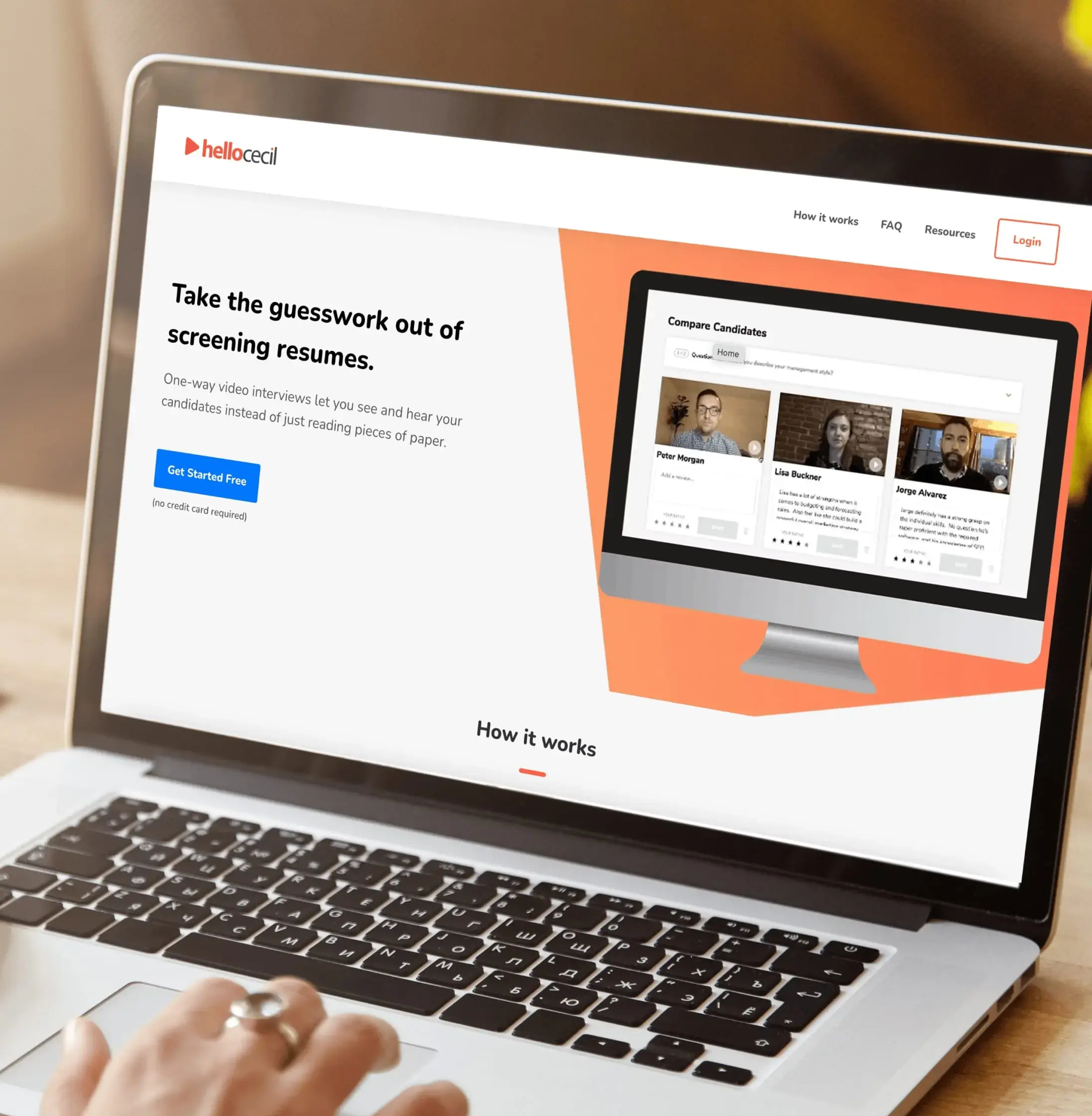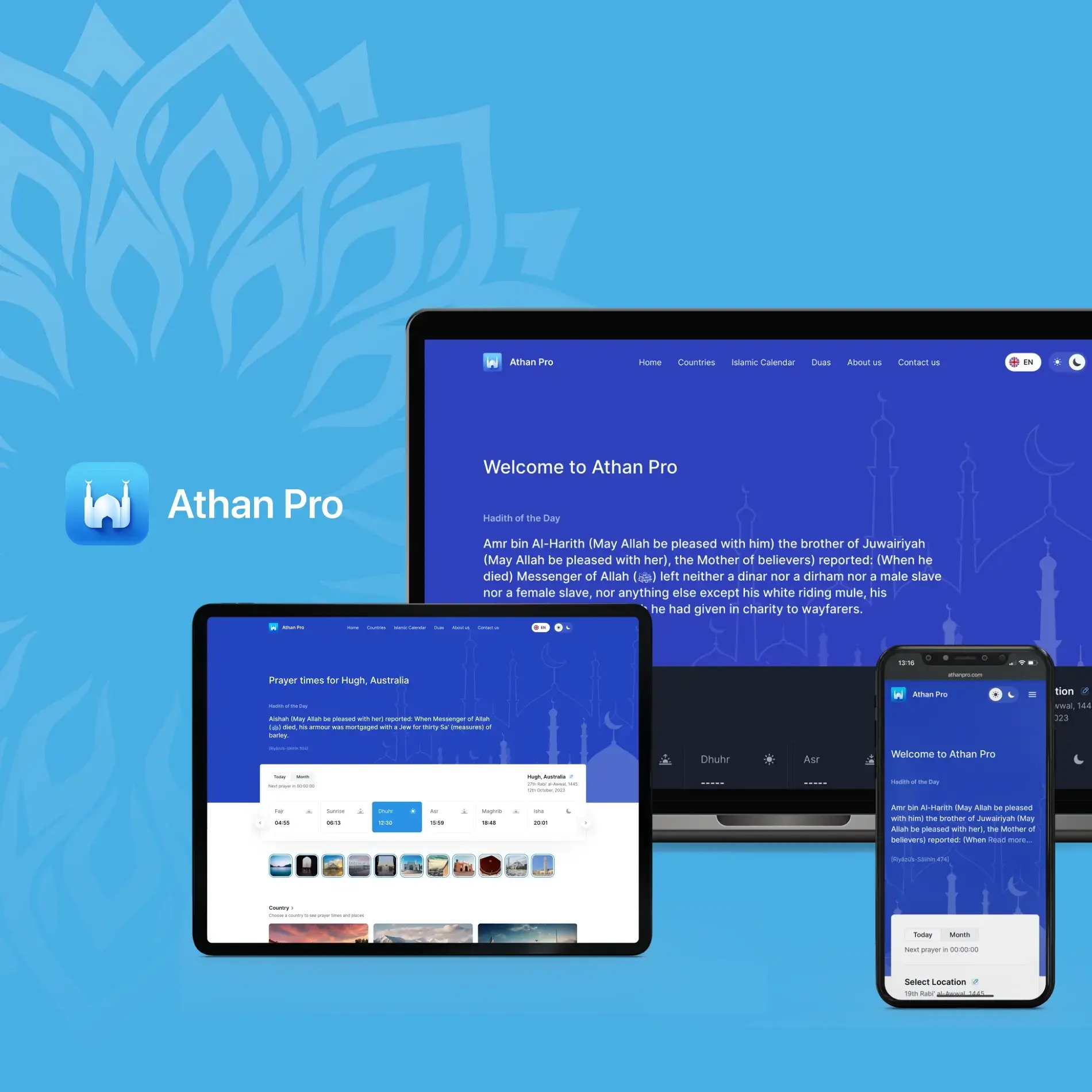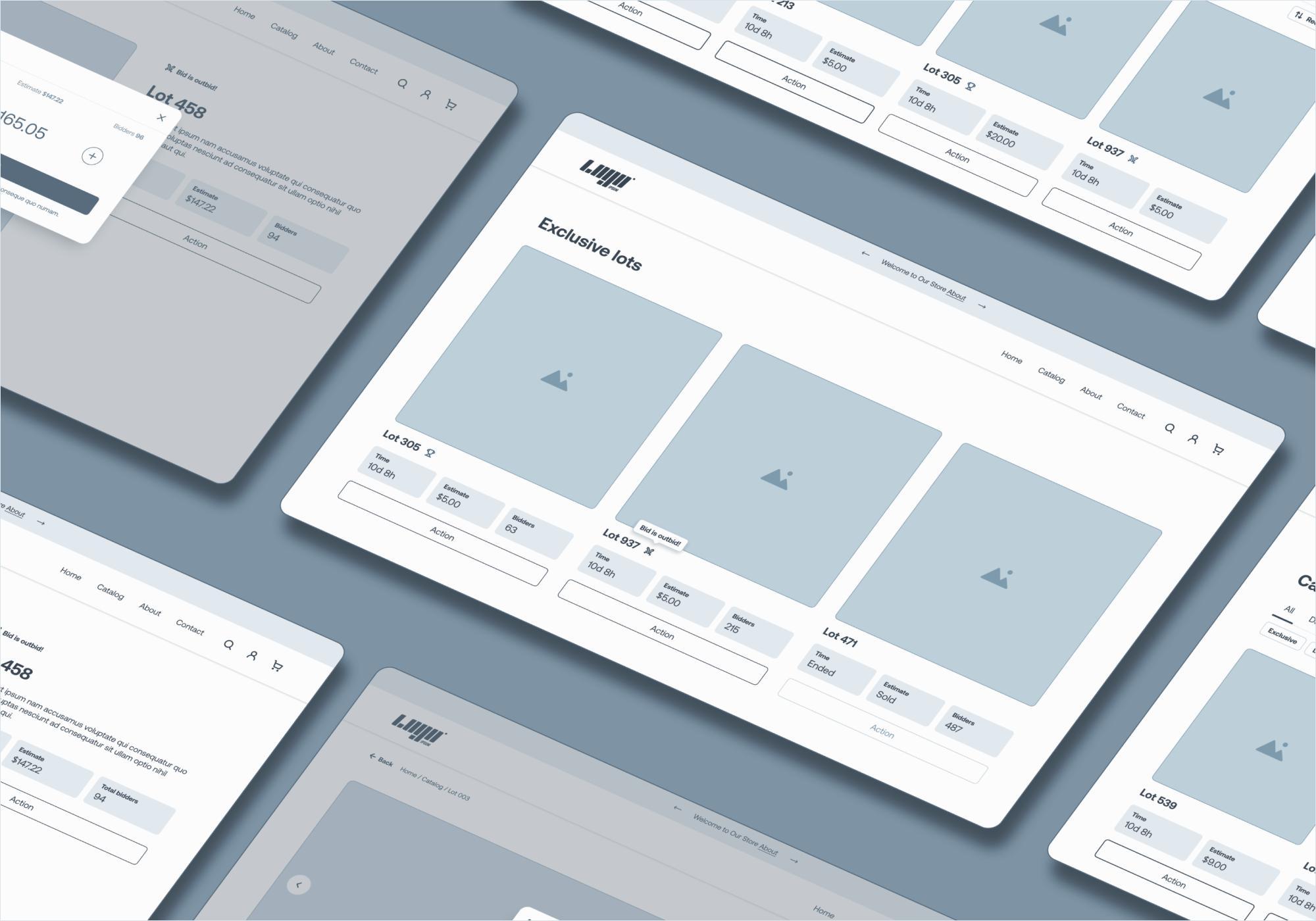
- Healthcare Software
- Quality Assurance (QA)
Healthcare Software Testing: All You Need to Know
You can’t deliver a quality solution without extensive healthcare software testing. Today, JetBase shares our expertise within the industry.
April 16, 2024 | Updated on November 24, 2025 | 10 min

Yulia Onischenko
QA Lead at JetBase
Table of Contents
- Why Should You Implement Quality Assurance In Medicine?
- Understanding User Expectations in Healthcare Software
- Healthcare Software Categories That Require Testing
- Overview of Common Testing Types in Healthcare Software
- Key Challenges in Testing Healthcare Applications
- Software Testing in Healthcare: 6 Points to Know
- Risks During Healthcare Software Testing and Their Consequences
- Conducting a Healthcare Software Testing Audit
- When and Why to Automate Healthcare Testing
- Healthcare Software Testing Team Overview
- The Cost of Healthcare Software Testing
- Strategies for Improving Code Quality in Healthcare Solutions
- FAQ
Our Cases
Innovation isn’t just about ideas - it’s about execution, turning vision into reality, and creating solutions that truly make an impact. See what we’ve built and how it works:
- HealthCare
- Media & Entertainment
- eCommerce
- Amazon Web Services
- Cloud Cost Optimization
- Serverless Application
- Retail
- HealthCare
- Media & Entertainment
- eCommerce
- Amazon Web Services
- Cloud Cost Optimization
- Serverless Application
- Retail

